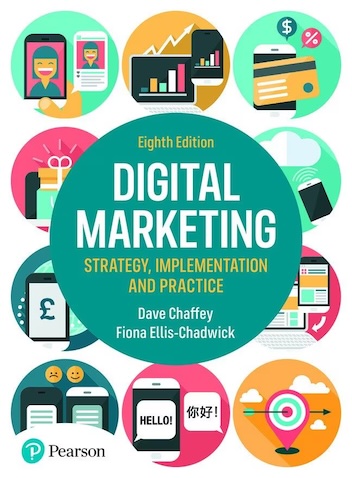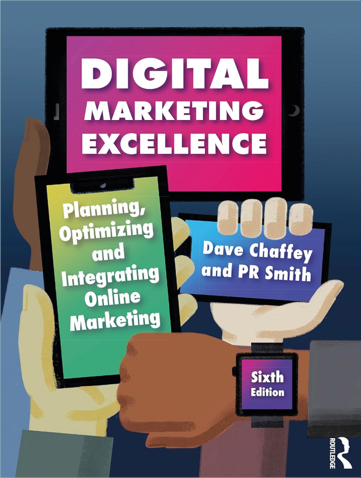AI technology is a red hot topic in marketing at the moment, yet AI is a broad term covering a wide range of different technologies which are promised to transform marketing and many areas of business. My recommendation is ‘don’t believe the hype!’ since many are irrelevant to most businesses at the moment.
Yet some applications of AI are relevant to most businesses and offer a good opportunity to increase the relevance and response from your communications, so I still believe it’s useful to break down your options by looking at different categories within AI. In this article we’ll share 15 options in a visual showing how you can apply AI across the customer lifecycle.
First let’s go back to basics. Artificial intelligence means any technology that seeks to mimic human intelligence, which covers a huge range of capabilities such as voice and image recognition, machine learning techniques and semantic search. Journalists and bloggers like to wax lyrical about the latest exciting AI technologies like image recognition, speech recognition, preventing data leaks, or even targeting drones at remote communities. All well and good, but what can marketers apply right now to make their communications work harder?
At Smart Insights we’ve identified fifteen artificial intelligence techniques that businesses of all sizes can implement, rather than techniques which only major tech giants can devote resources to.
We’ve plotted the techniques across the customer techniques across the customer lifecycle so you can see how each AI tactic can help take your customers down the marketing funnel.
All the techniques are ‘AI’ in the sense that they involve computer intelligence, but we’ve broken them down into 3 different types of AI technology – Machine Learning Techniques, Applied Propensity Models, and AI Applications. Each different application has major implications for marketers, but the applications have different roles to play across the customer journey. Learn about the full list of techniques described by Rob Allen on the Smart Insights blog.
Machine learning techniques involve using algorithms to ‘learn’ from historical data sets, which can then create propensity models. Applied propensity models are when these propensity models are put to work predicting given events- such as scoring leads based on their likelihood to convert. AI applications are other forms of AI, which do tasks one would usually associate with a human operator such as answering customer questions or writing new content. Chatbots are the most relevant example – like this example of a marketing chatbot which is already being used for taking restaurant bookings.
For further reading, our ‘AI and Machine Learning Guide’ gives a deep dive into more how businesses can embrace Machine Learning and how to effectively manage machine learning projects. We see Machine Learning as the AI technique that will be most relevant to most marketers in the future, so it pays to learn the concept and applications.




